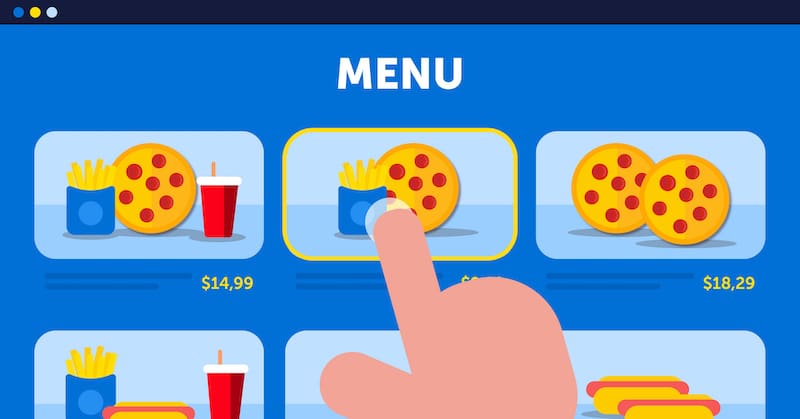Site Analysis and Planning
Retail’s digital transformation demands an aggressive brick and mortar strategy. Decisions to expand require mobility data, consumer preferences, and locations with the most potential to grow loyal customers. Geospatial solutions enable you to discover new markets, gain retail competitive insights, accelerate conversion rates and improve foot traffic by enriching your retail traffic analysis with geodemographic, socio-economic and consumer expenditure data. Use retail store mapping solutions to visualize data sometimes missed by using traditional charts and graphs, which many of today’s business intelligence software solutions now includes.


